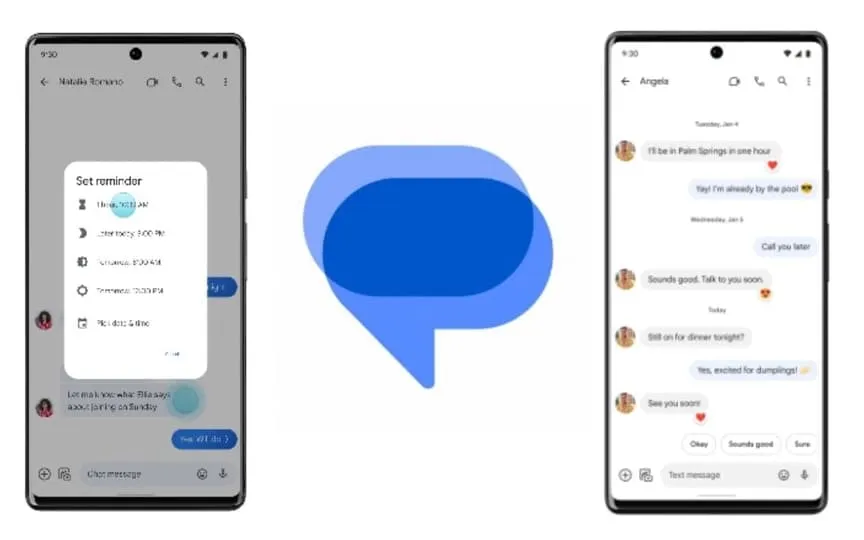Ultra HDR Image Support in RCS Chats – Google Messages Has It, But There’s a Catch!
Google Messages has consistently introduced fresh features to its app, some of which could revolutionize its usage. In September, the platform underwent a user interface revamp, and in October, it incorporated a security enhancement for screen sharing. Now, the messaging platform that enables RCS chats has quietly introduced support for Ultra HDR images. However, there is a requirement: your device must operate on Android 14 and possess a compatible camera to utilize this feature.
SPAndroid first spotted the feature, saying in a report: “Google quietly added support for Ultra HDR images in September, just before the Pixel 8 series was launched.” This made sense because the Google Pixel 8 Pro supports Ultra HDR photos and the camera is capable of taking such photos. For the uninitiated, Ultra HDR is a new JPEG image format with more HDR metadata that shows darker shadows and brighter highlights, giving images high contrast.
Google Messages adds Ultra HDR image support to RCS chats
This new feature improves the functionality of RCS chat, and with the previous features, it has become an advanced communication system with many features. This update allows users to send Ultra HDR images in Google Messages without having to resort to third-party apps. There is no separate reference to Ultra HDR when the message is sent, but a close analysis will reveal it.
The good thing is that Ultra HDR is built on top of JPEG, so even non-supported devices can receive it, but the images will be displayed in normal definition. So, until your device gets an OS update, you can continue to enjoy photos without Ultra HDR, but you don’t have to worry about getting an unsupported photo.
Earlier, a report suggested that Google Messages was also working on bringing profiles to the platform. According to a report by 9to5Google, which examined the code lines of the latest update, there is a new Profile tab and profile settings section. There is another line of code for profile sharing, which we assume works like contact sharing. Part of the string reads “Choose your profile name and photo so people can recognize you,” which will likely allow users to add a name and photo to their profile.




